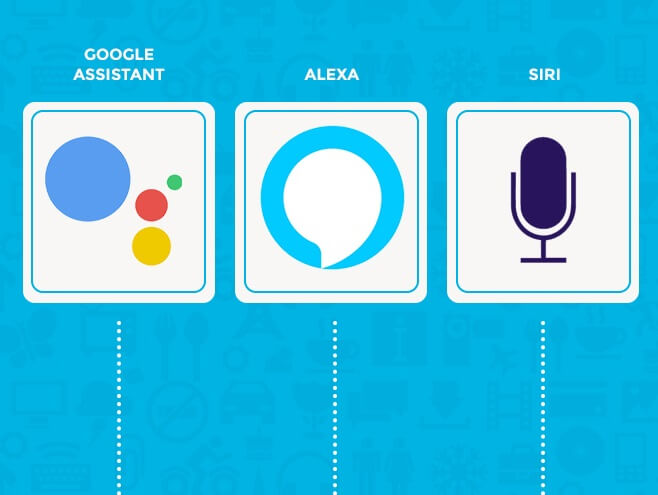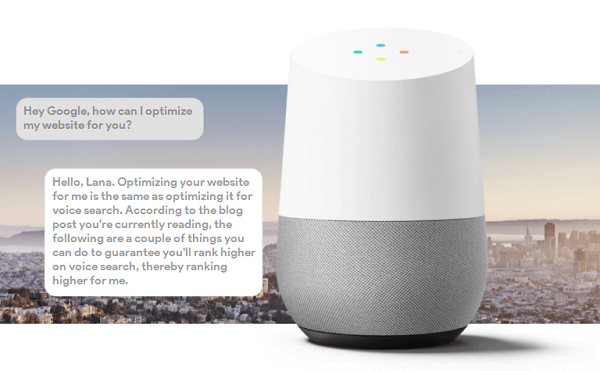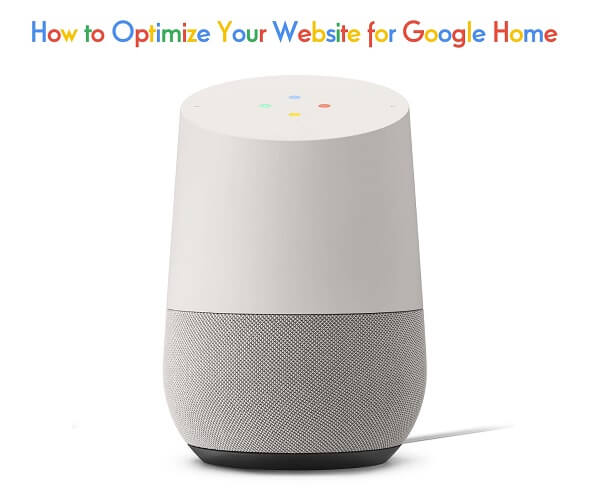Have you ever been walking around and suddenly realized you were talking out loud… to yourself? Well, with the advent of voice search, for the first time you’ll actually get an answer back! And on top of that, the answers you get will be customized to you, your location and your personal information.
Voice search consists of an interactive technology that combines with third-party systems to produce accurate answers and perform internal functions. It’s so different from typed searches because you can just ask questions exactly as they come into your head, instead of having to condense your search into a few keywords. Voice search is so advanced because it can also take into account nuances that keyword searches cannot, such as the intonation in your voice or the intention of your question. So, you’ll probably want to contact a digital marketing agency that can assist you with mobile website optimization for voice search technology.
Here are some guidelines, tips onHow to Choose a Digital Marketing Agency For your Brand
Here Are Your Options
There’s a wide array of voice search assistants today, and predictions say that the number of US households to own a smart speaker by 2022 will be at 55%. Some of the most popular available voice-controlled speakers and assistants today include Amazon Echo and Alexa, Apple HomePod and Siri, and our topic today, Google Home and Google Assistant.

Google Home
Though a lot of people thought Siri was groundbreaking, and that the Echo would always be the best-selling speaker, Google Home was actually the bestselling smart speaker in the first quarter of 2018, shipping 3.2 million speakers. However, don’t fret: SEO for Siri is very similar to SEO for Google Home.
Ben Stanton, a technology analyst, explains Google Home’s success by saying that its biggest advantage is in the channel. Operators and retailers tend to prioritize Google’s speakers over those from Amazon because of its well known brand and loyal consumer base. Google Home is also very interactive, allowing users to control other smart appliances, synchronize multiple Home speakers to playback music from every room, and get news and media from integrated services such as Netflix and the Wall Street Journal. It can also recognize up to six different voices, and then match the speaker to the correct information — it’ll bring up the right reminder list and calendar for each person. It can even work as an intercom and you can announce that it’s time for school or dinner, or even broadcast from the car that you’re on your way home.
So, now that you know how prominent Google Home is, you may be wondering how do you optimize your website? Well, voice search SEO is all about making information easily available and actionable, so follow these few voice search strategies to get a jump start on tailoring your website for Google Home!
Let’s Break It Down

Think of the Question, Then Answer it quickly
Voice search is about quick results and necessary information, so you’ll need to anticipate the types of questions your users will ask. A brick-and-mortar store might need to have its hours and address readily available, while an online store might benefit from clearly advertising their prices or best-selling products. In fact, Aaron Aguis, the founder of Louder.Online, believes that we are not “that far away from a world where voice search will be able to place orders for consumers. Something like, ‘Show me blue jeans / Show me size 12 / Order me the pair from American Eagle.’” Your website should therefore be organized so that search technology can easily and quickly find the information it’s looking for.
Optimize for a Conversational Tone
Because users will be able to ask questions exactly how they pop into their heads instead of condensing them into keywords, your website must be able to understand a conversational tone and seamlessly support more casual searches.
Focus on Featured Snippets
One of the biggest mysteries you should be trying to solve is: How to Rank on Google Home? Because Google Home credits the website it gets its answer from, the main thing you should be focusing on is getting your site to “position zero.” You will then have a better chance at having a featured snippet, thereby increasing traffic to your website.
Secure a My Business Listing
Because so many voice searches are of the “near-me” variety, having your business come up in local listings is extremely important. A lot of users will be running out the door, needing to know the best Italian food near them or what time the local pharmacy closes. By making sure your business is the first to pop up for local needs, you’ll get more foot traffic and lots of business from people who live close enough to become loyal customers.
Read More About:Step-by-Step Guide to Local SEO
Use Structured Data Markup
Google Home needs to find answers, fast. By making sure your website has structured data, you’ll help Google crawl your content and understand your information more easily and quickly. Google can then easily find company basics, such as the name and address of your company. If Google can’t find this information efficiently, it’ll just move on the to the next website.
Learn More AboutHow to Implement Structured Data Markup
Final Thoughts
In the age of voice search, there are lots of personal assistants, the most popular of which has become Google Home. Its ability to sync up with other products and work seamlessly with other applications and different users has ensured its popularity, so it’s more important now than ever to optimize your website for this new voice search technology.
It pretty much comes down to organizing your website’s content to be concise yet detailed so that Google can find the necessary information efficiently. If you have too much content, Google might just keep on moving, but if you don’t have enough info, Google won’t be able to answer the user’s specific question. So, what are you waiting for? Contact a digital marketing agency ASAP — Google Homes are flying off the shelves as you read!





Tell us your thoughts in the comments